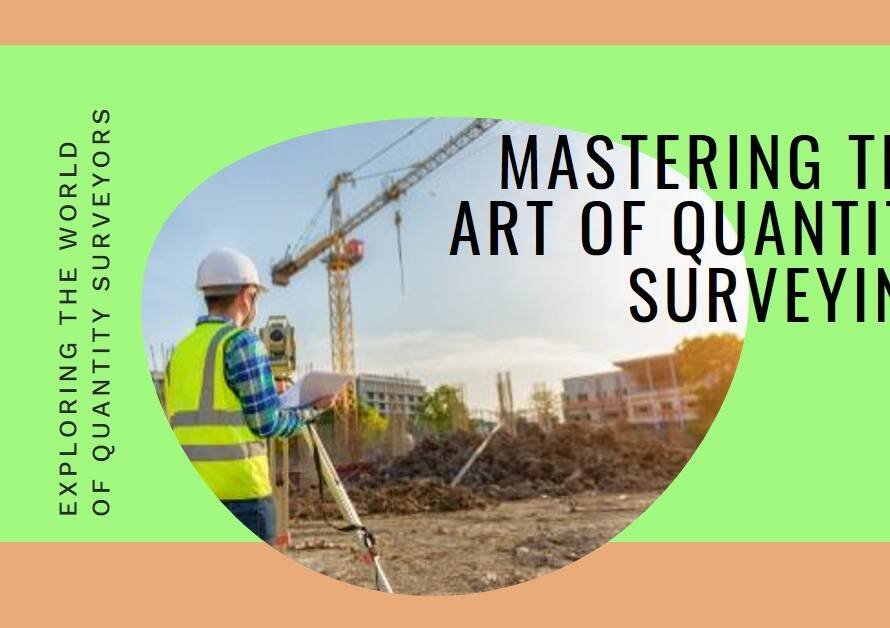
Table of Contents
Introduction: Navigating the Complexities of Architectural Visualization
Embarking on architectural visualization projects requires a nuanced understanding of various factors that influence project success. In this comprehensive guide, we delve into ten key insights that architects, designers, and visualization professionals should know to navigate and excel in architectural visualization projects. From understanding client expectations to leveraging cutting-edge technologies, these insights form the bedrock for delivering compelling and impactful visualizations that bring designs to life.
1. Clear Project Objectives: Setting the Vision
Before diving into the visualization process, it is crucial to establish clear project objectives in collaboration with clients and stakeholders. Define the purpose of the visualization, whether it’s for design presentation, marketing, approvals, or conceptual exploration. Understanding the intended audience, key messaging, desired emotions, and project constraints upfront sets the vision and direction for the visualization journey, ensuring alignment with project goals and expectations from the outset.
2. Detailed Design Briefs: Anchoring Creativity
A comprehensive design brief serves as a roadmap for architectural visualization projects, outlining project scope, deliverables, timelines, budget constraints, and aesthetic preferences. Collaborate closely with clients and design teams to gather detailed information about design intent, spatial requirements, material selections, lighting preferences, and any specific design elements to highlight or avoid. A well-defined design brief anchors creativity, minimizes revisions, and fosters a productive partnership between stakeholders and visualization experts throughout the project lifecycle.
3. Collaboration and Communication: Seamless Partnerships
Effective collaboration and communication are linchpins of successful architectural visualization projects. Foster open channels of communication with clients, architects, interior designers, engineers, and other stakeholders to exchange ideas, share feedback, and align on project milestones and deliverables. Regular updates, progress reviews, and transparent discussions ensure that everyone remains on the same page regarding design direction, revisions, and project timelines, fostering trust and synergy within the project team.
4. Scalable Project Workflows: Flexibility for Complexity
Architectural visualization projects vary widely in scale, complexity, and requirements, necessitating scalable workflows that adapt to project dynamics. Tailor workflows to suit project phases, from initial concept explorations and design development to final renders or interactive presentations. Leverage agile methodologies, collaborative platforms, and task management tools to streamline workflows, allocate resources efficiently, and meet project deadlines without compromising quality or creativity.
5. Attention to Detail: Precision in Execution
Detail-oriented execution is paramount in architectural visualization to ensure accuracy, realism, and visual impact. Pay meticulous attention to architectural details, material finishes, lighting nuances, and environmental contexts to create immersive and believable visualizations. Invest in high-quality assets, textures, and lighting setups that align with design specifications and client expectations, reflecting professionalism and craftsmanship in every aspect of the render.
6. Technology Integration: Harnessing Innovations
Embrace cutting-edge technologies and software solutions to enhance the quality, efficiency, and interactivity of architectural visualization projects. Explore advanced rendering engines, virtual reality (VR), augmented reality (AR), real-time visualization tools, and cloud-based collaboration platforms to push boundaries, iterate rapidly, and engage stakeholders in immersive design experiences. Integrating technology seamlessly into workflows empowers teams to visualize designs with unprecedented realism, accuracy, and creativity.
7. Iterative Feedback Loops: Enhancing Collaboration
Iterative feedback loops are essential for refining visualizations iteratively based on stakeholder input, design revisions, and evolving project requirements. Encourage clients and project stakeholders to provide constructive feedback at key project milestones, such as initial drafts, material studies, lighting simulations, and final renders. Incorporate feedback iteratively to fine-tune details, address concerns, and ensure that visualizations align closely with design visions and client expectations, fostering collaborative partnerships and project success.
8. Quality Assurance and Testing: Ensuring Excellence
Prioritize quality assurance and testing processes throughout the visualization pipeline to deliver excellence in every render. Conduct rigorous testing for lighting accuracy, material realism, scene optimization, and interactivity in VR or AR experiences. Perform cross-platform compatibility checks, color calibration, and resolution optimizations to ensure that visualizations resonate seamlessly across devices and presentation formats. Quality assurance measures uphold professional standards, elevate visual appeal, and instill confidence in the final deliverables.
9. Client Presentations and Reviews: Engaging Experiences
Client presentations and reviews are pivotal moments in architectural visualization projects, offering opportunities to showcase design progress, receive feedback, and align on final deliverables. Craft engaging and compelling presentations that highlight design features, storytelling narratives, and key selling points of the visualization. Leverage interactive tools, animations, and comparative studies to demonstrate design variations, material options, or lighting scenarios effectively, empowering clients to make informed decisions and appreciate design nuances comprehensively.
10. Post-Project Support and Documentation: Ensuring Continuity


Even after project completion, offer post-project support, documentation, and training resources to clients and stakeholders for seamless continuity and future reference. Provide comprehensive documentation on asset usage rights, rendering settings, interactive features, and maintenance guidelines for VR or AR experiences. Offer training sessions or tutorials to empower clients in navigating interactive visualizations or making minor adjustments independently, fostering long-term satisfaction and value from the visualization investment.
Conclusion: Elevating Architectural Visualization Practices
In conclusion, mastering the intricacies of architectural visualization projects requires a strategic blend of creative vision, technical expertise, collaborative spirit, and client-centric focus. By embracing clear objectives, detailed briefs, collaborative workflows, advanced technologies, iterative feedback loops, quality assurance measures, engaging presentations, and post-project support, visualization professionals can elevate standards, exceed expectations, and deliver transformative visual experiences that resonate with clients and stakeholders across diverse projects and industries. Stay proactive, adaptable, and innovative in navigating the evolving landscape of architectural visualization, unlocking new possibilities and shaping inspiring design narratives that captivate and inspire.



